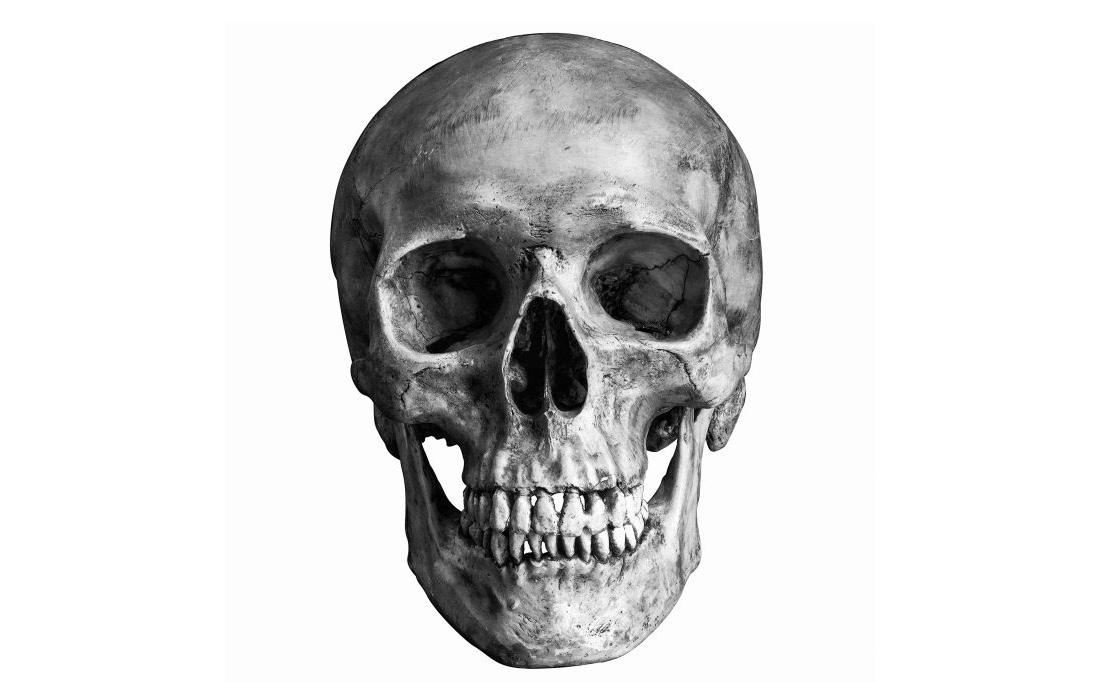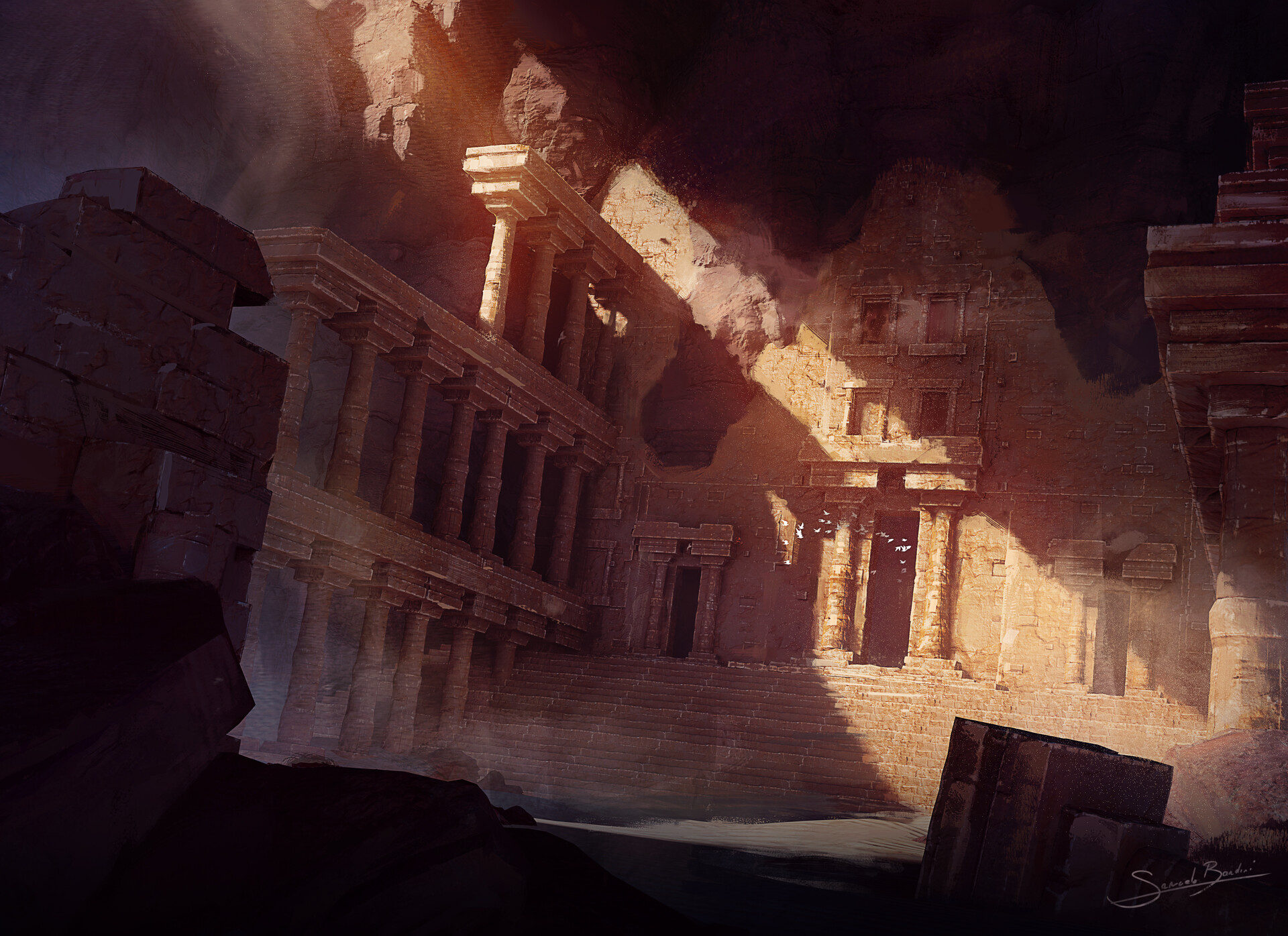Click the skull for a PDF!
Features
- 4d4 stat generation for 3 stats
- No modifiers or derived stats
- Stats as inventories
- Simple rules for drugs, diseases, and friends/enemies.
- Systems and items affecting each stat inventory to create pressure for space
- Stress-relief enemas
- And more!
Here's the Google Docs link for an evolving version.
Why These Rules
The following is reproduced at the bottom of these BONES, but in case you don't want to scroll down all that way, here you go:
I reduced the stats to inventories. That’s what a character is, when you pare away the derived numbers - a list of traits that make them an individual. Your PC isn’t defined by their Intelligence and Wisdom. They’re defined by what they know and how they use it, and that information can’t be reduced to a number disassociated from the concepts that define them. Bones PC’s may seem more complex than other OSR systems, but I’d like to argue that I’m simply increasing the information density of a character. The goal is to have all the items inside the stat pissing out.
Part of the 6-stat orthodoxy is the diffusion of power across stats to avoid any one becoming too good. The risk of imbalance is greater with less stats, but I want my stats more impactful as opposed to struggling to find a purpose for certain stats outside niche class features.
I also included rules for friends because of the weird paradox inherent in dungeoncrawling, where you trust someone to save your life but are careful to not form a lasting attachment because they might die. I say bollocks to that. If y’all’re playing this game together y’all’re probably going to become friends anyway. No need to assume your PC’s are emotionally distant robots. Care for each other. I think the game becomes richer with that kind of investment.
I don’t like numbers. Fiddly +1 to X, -1 to X - yes, it arouses the pattern finder, but sums are the first thing defenestrated by memory in stressful situations. Does balancing systems of bonuses make the game more fun or are they simply fun to design? Depends on you and your players.
Does any of the philosophizing above really matter? I don’t know. If 3.5, 5e, or Mothership work for you, go for it. Play what makes you happy. But try to find out what doesn’t work, and make it better.
Have fun!


The stat-inventories are really smart! Do you have any playtest experiences to share (like: did the players accept the overwrite/replace aspect and transfers)? If so, I'd love to hear more.
ReplyDeleteAnyway, thanks for sharing your rules.
So far, they’re using transfers as much as they can to share valuable skills like Tactics and Explosives and stress. They’ve been pretty good with inventory management and knowing when to rest so there’s not any danger of overwriting yet, but that may change.
DeleteThanks for sharing. I’m always down to read a new GLOG hack.
ReplyDeleteI’m intrigued by the non-physical inventory idea. My first thought is, “could it be scaled down to only track the most significant things, the way that some systems only track heavy items?” That’s probably just because I’m overwhelmed by how much of this is new (to me). Maybe include a GM guidance section where you suggest ways to use those systems?
The four little “and”s combat action is smart. I haven’t seen it before and will probably try it out!
Good point. It’s a very thing-dense system, and things can be harder to keep track of than numbers. I’ll put in a little GM thing about inventories. Glad you like the “and’s” rule.
DeleteProps to you then.
DeleteIt reminds me a bit of action economy in PF2. I don't really know it; just that you get to take more than 1 action per round. This is great in that it doesn't require the actions to be codified. And it uses language that teaches players how to take an interesting turn.
I have tried to get my players to think outside the box by saying they could combine a regular attack with a combat maneuver but they don't make good use of that because they can't look at a list of possibilities. This might help with that by showing them how many little "free actions" they can add before it becomes too much.
Thanks!
Player advice hat! All of them are great!
ReplyDeleteThanks! I believe I copied some directly from Die Trying!
DeleteThank you for sharing.
ReplyDeleteI do wonder if with mental/soul slots skills and connections will stop to have that much importance that they usually have. What I mean, that if such things are slotted just a swords and armour are, don't you think that the players will be less attached to mental/soul things, because they can always fill it up with something later on?
Well, my players all know how to work the cannon in case the Cannoneer dies, which is what matters right now. That may change. I’m not worried about my players’ attachment to specific items because they’re supposed to swap in new tools and discard old ones as needed.
DeleteSoul and Head inventories also have permanent items that can’t be gotten rid of easily (cracks, madness, curses, mutations) so players are alert to the possibility of losing space and inventory flexibility to bad things, which makes them watchful over less physical, immediate inventories.
Can one swap skills in mental slots similar how one swaps physical tools?
DeleteYes! That's part of the secret sauce. It just takes a bit of time.
DeleteOkay, definitely appropriating the "stats-as-inventories" idea for my GLOG. Three stats should fit across one page; should be plenty of room left over. Too damn neat an idea.
ReplyDeleteNot sure if you'll see this, but what does listing rivals/enemies in the soul slots do? I can't find a mechanical effect.
ReplyDelete